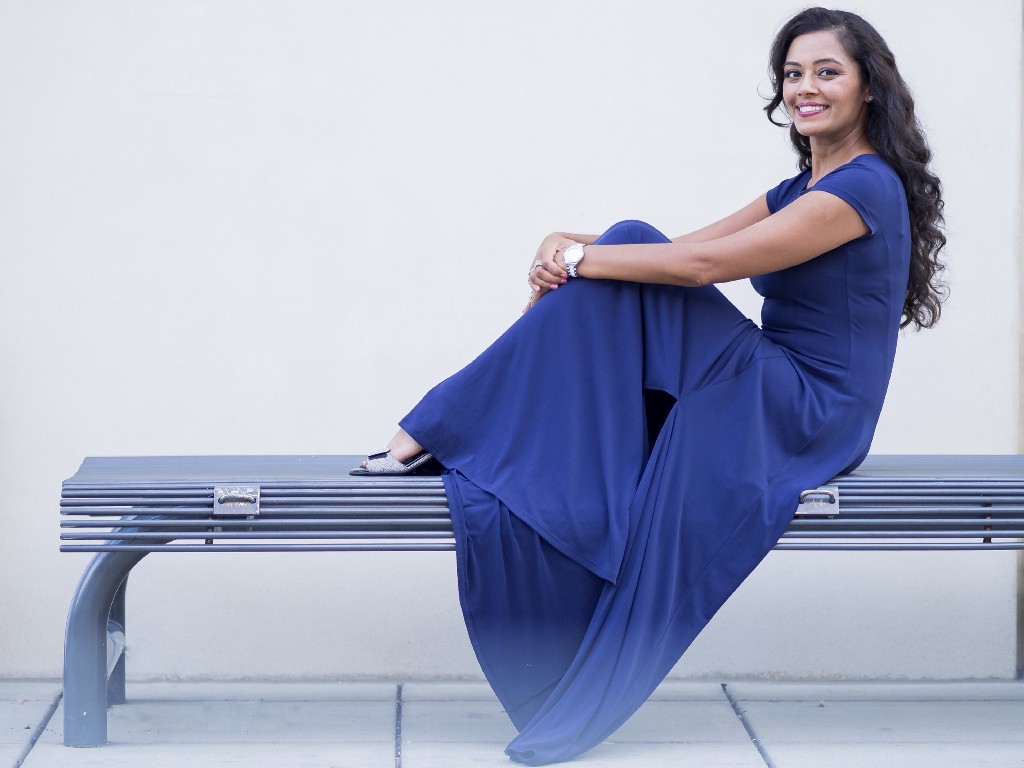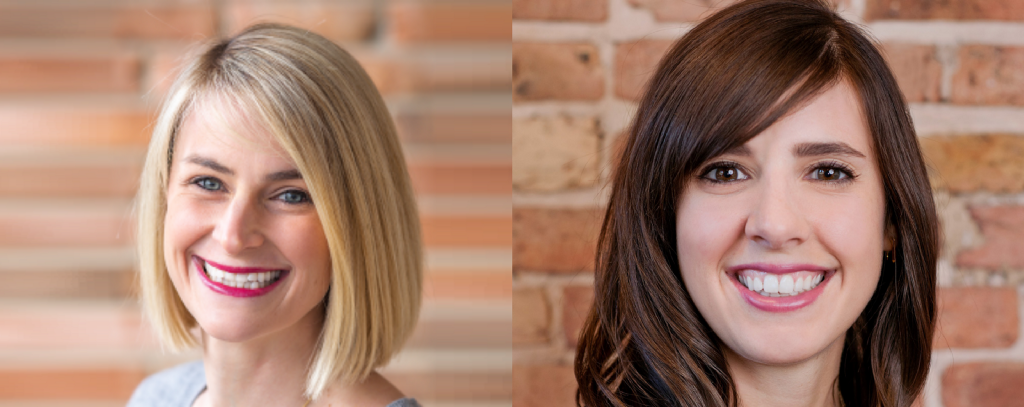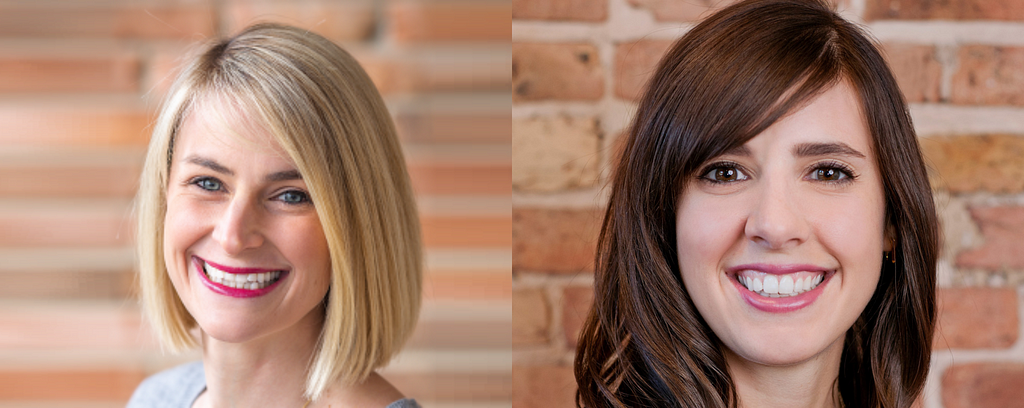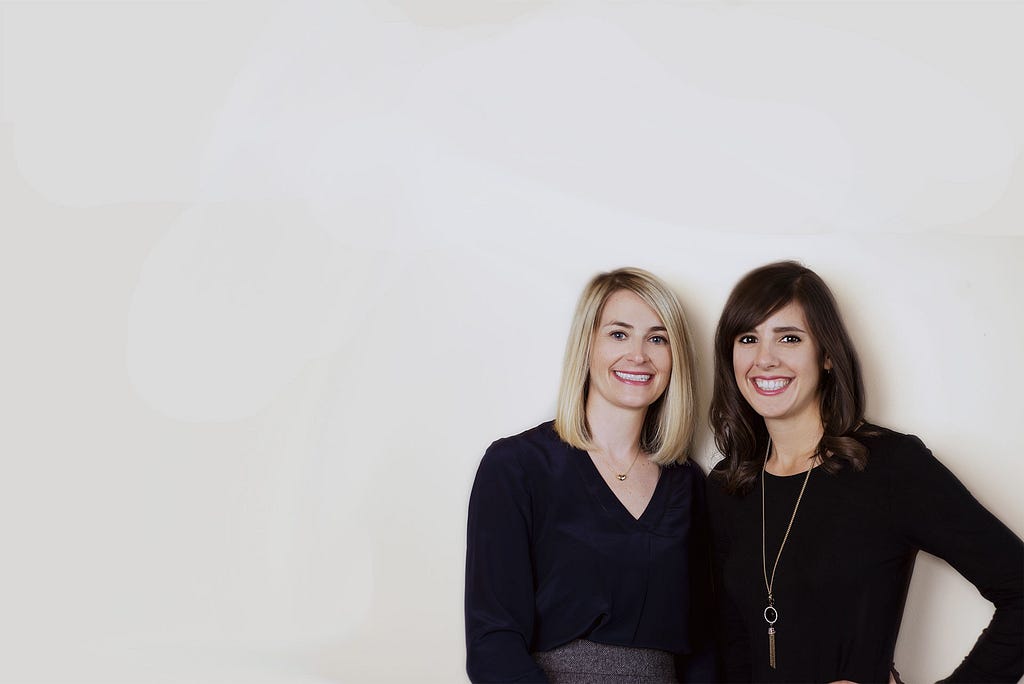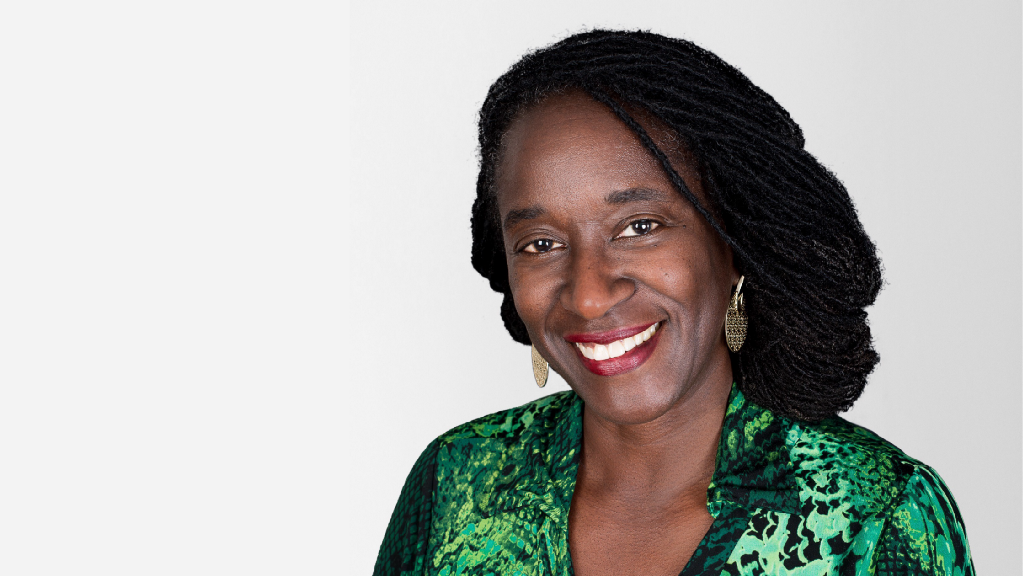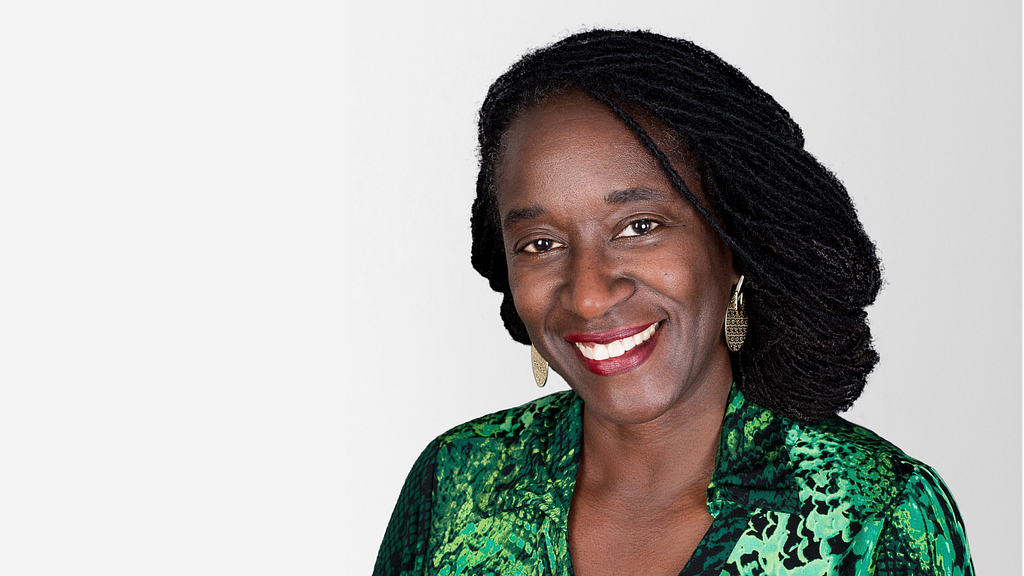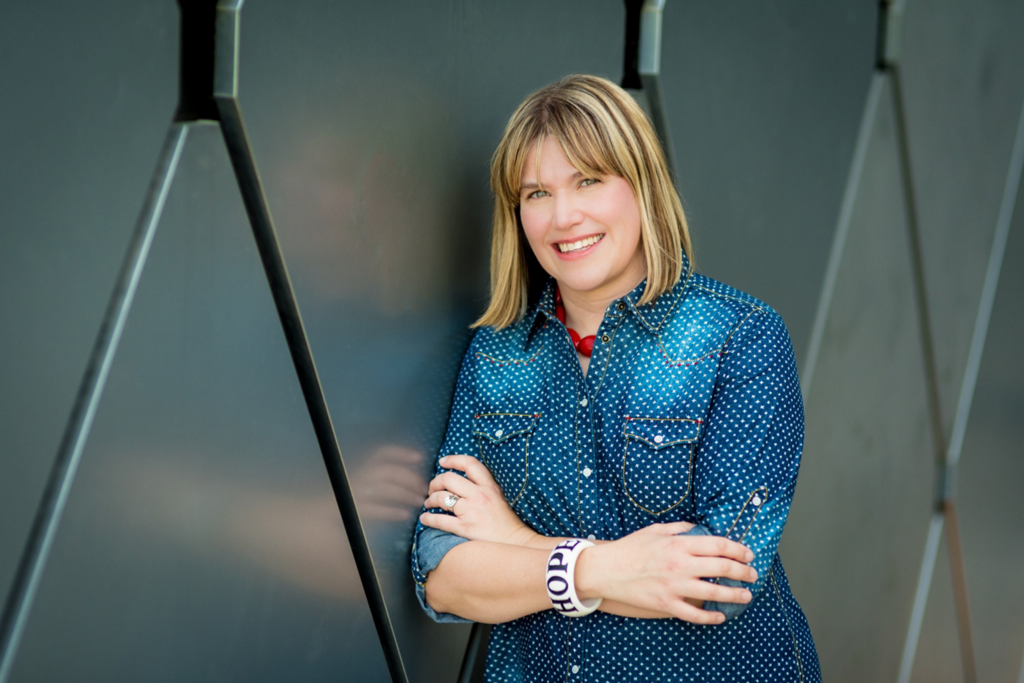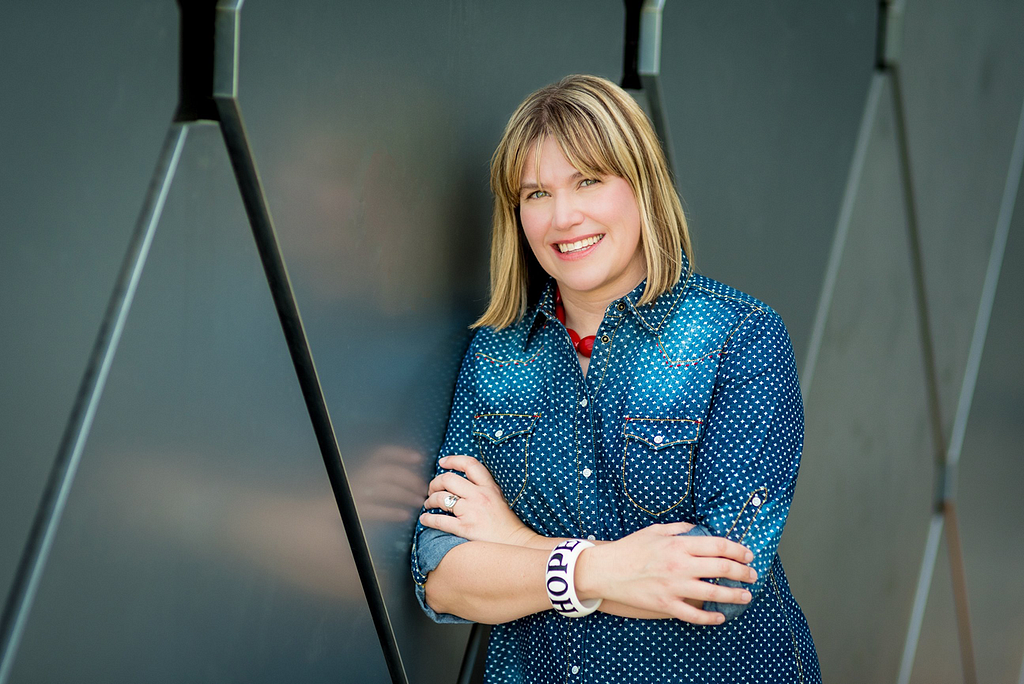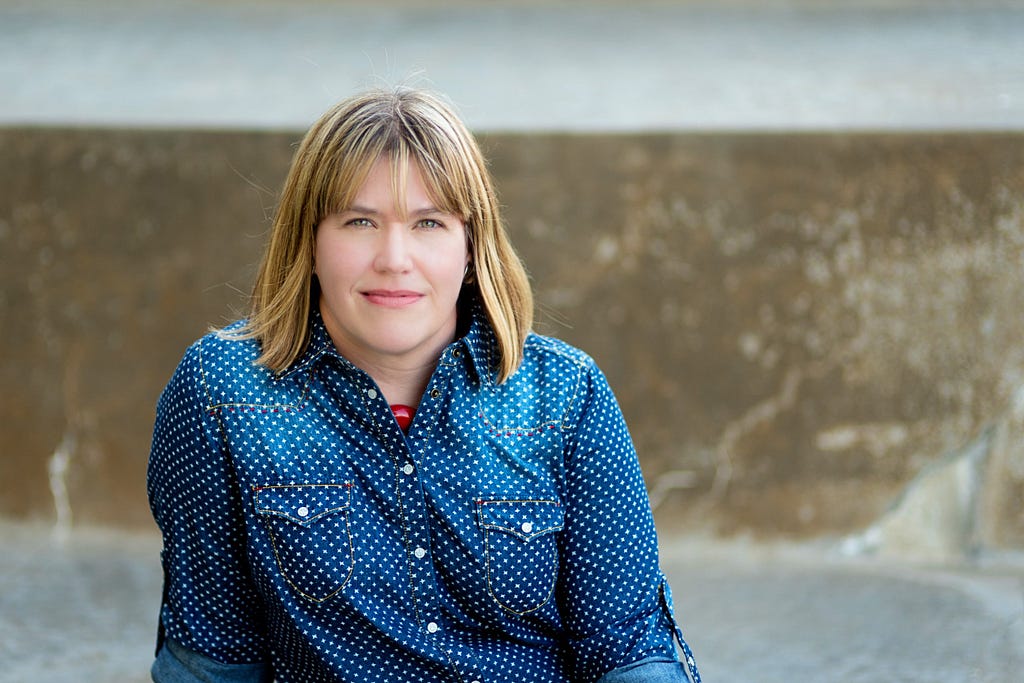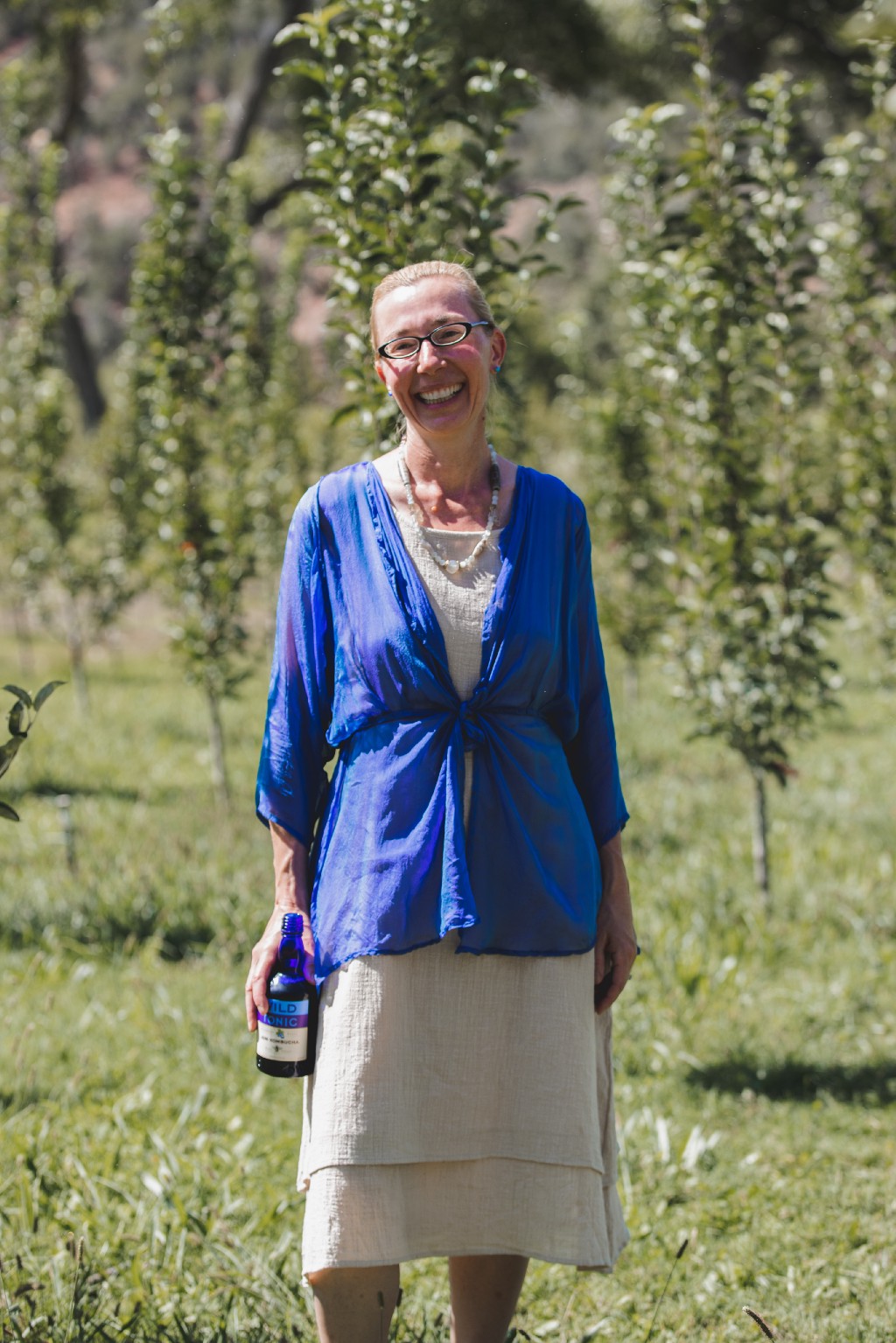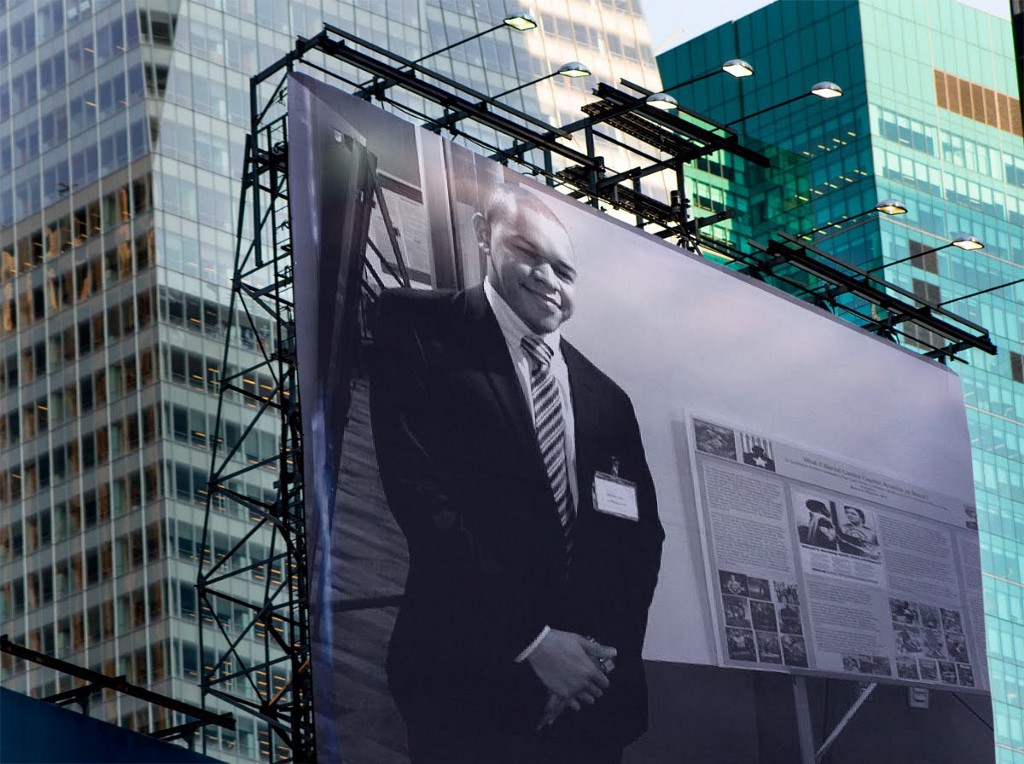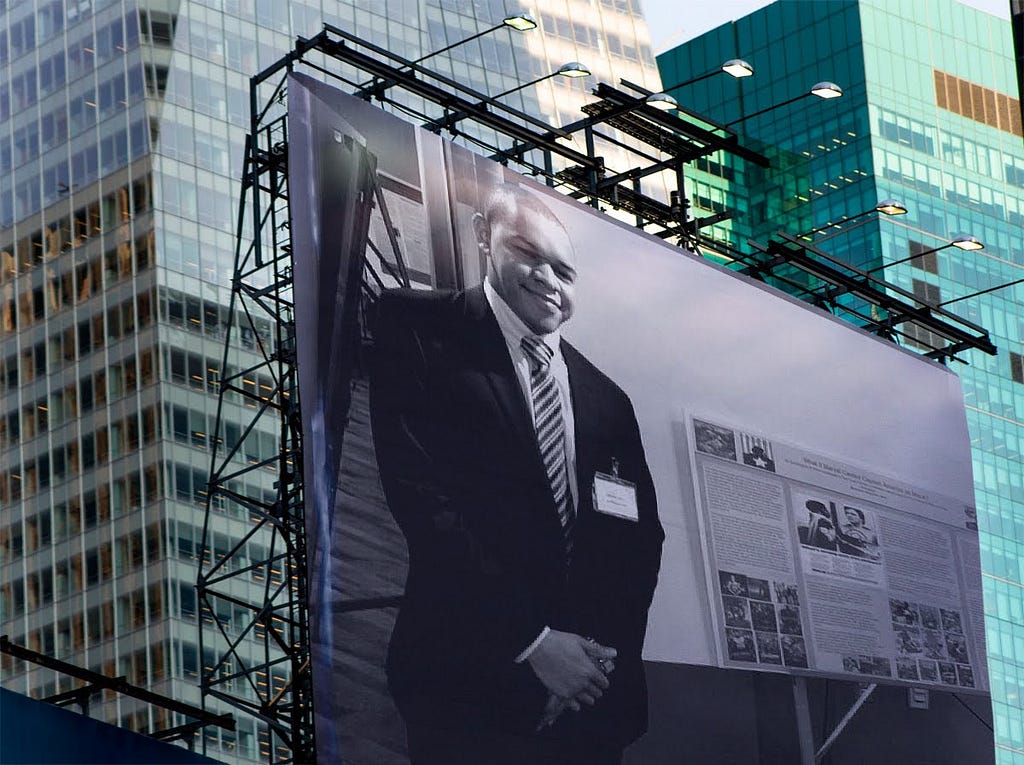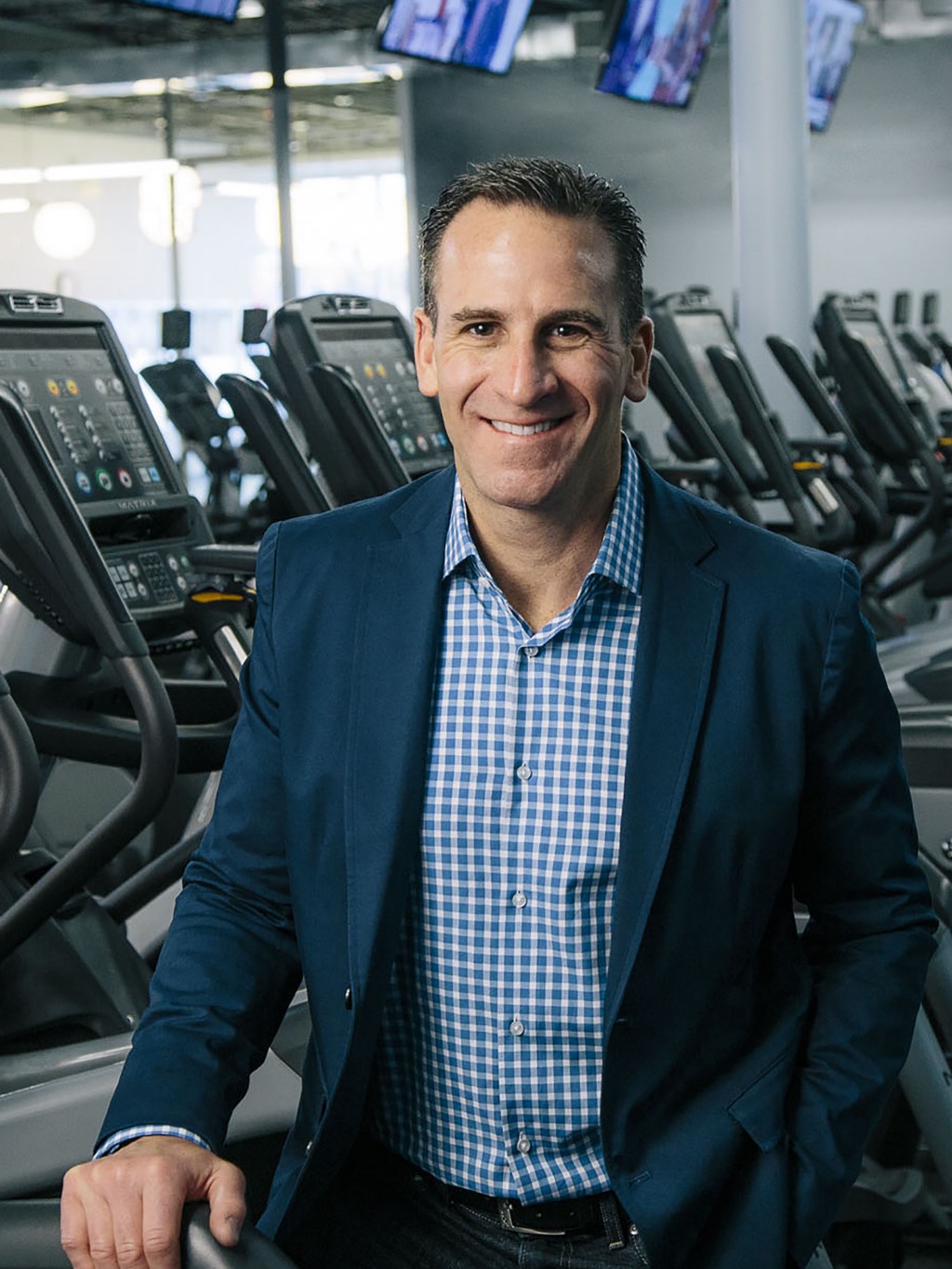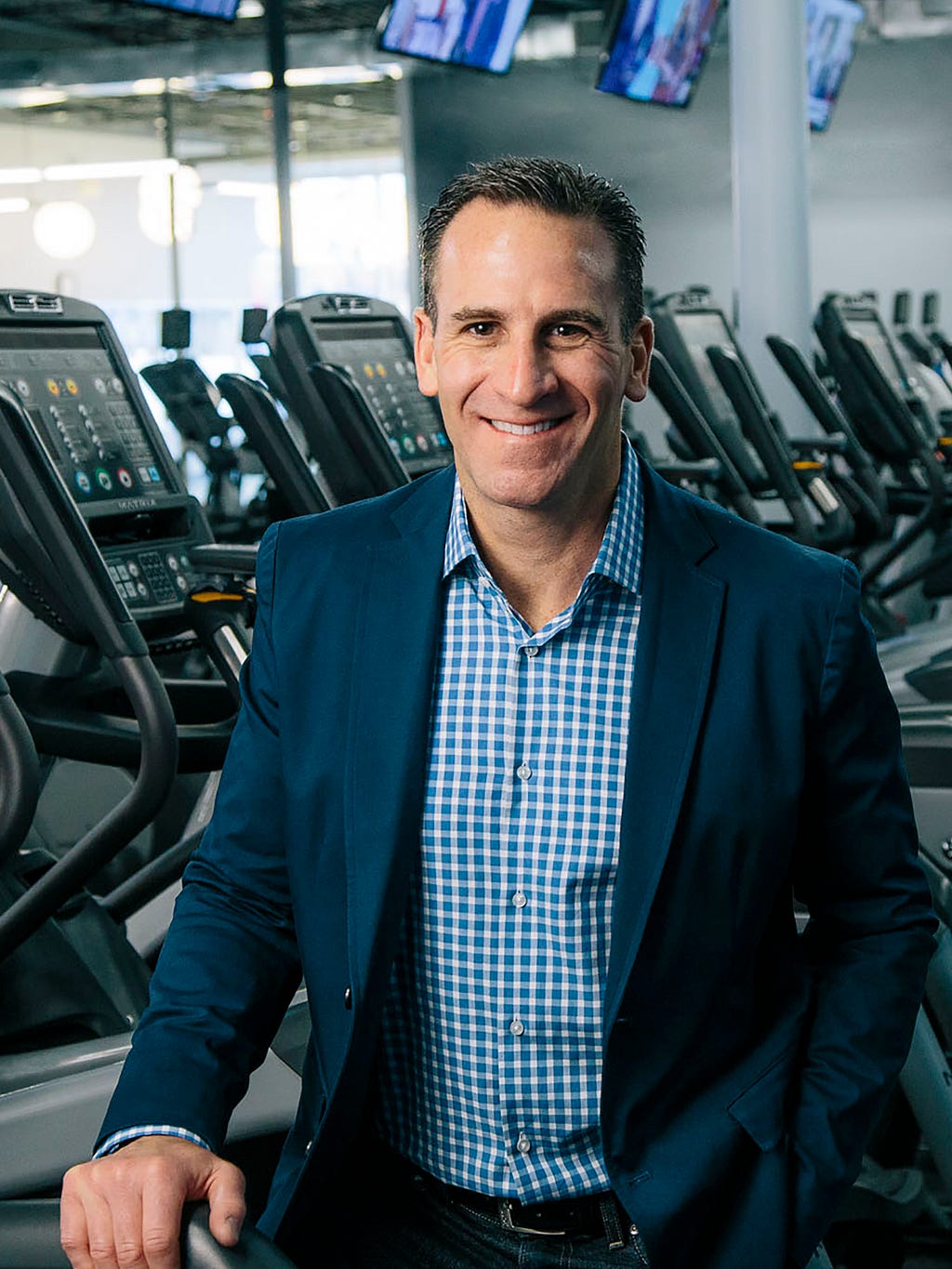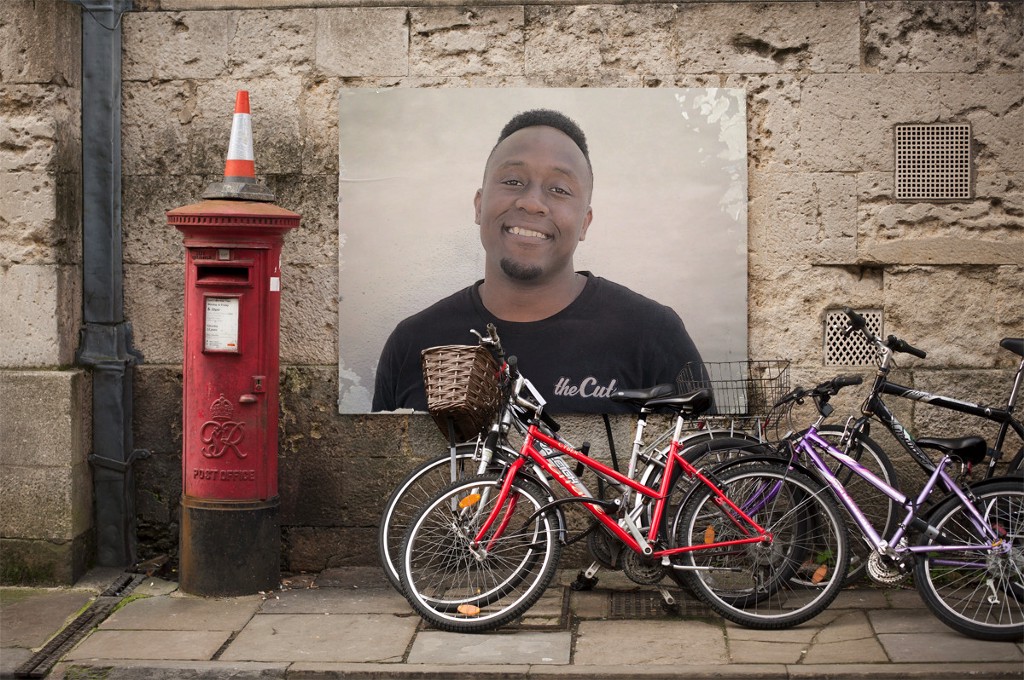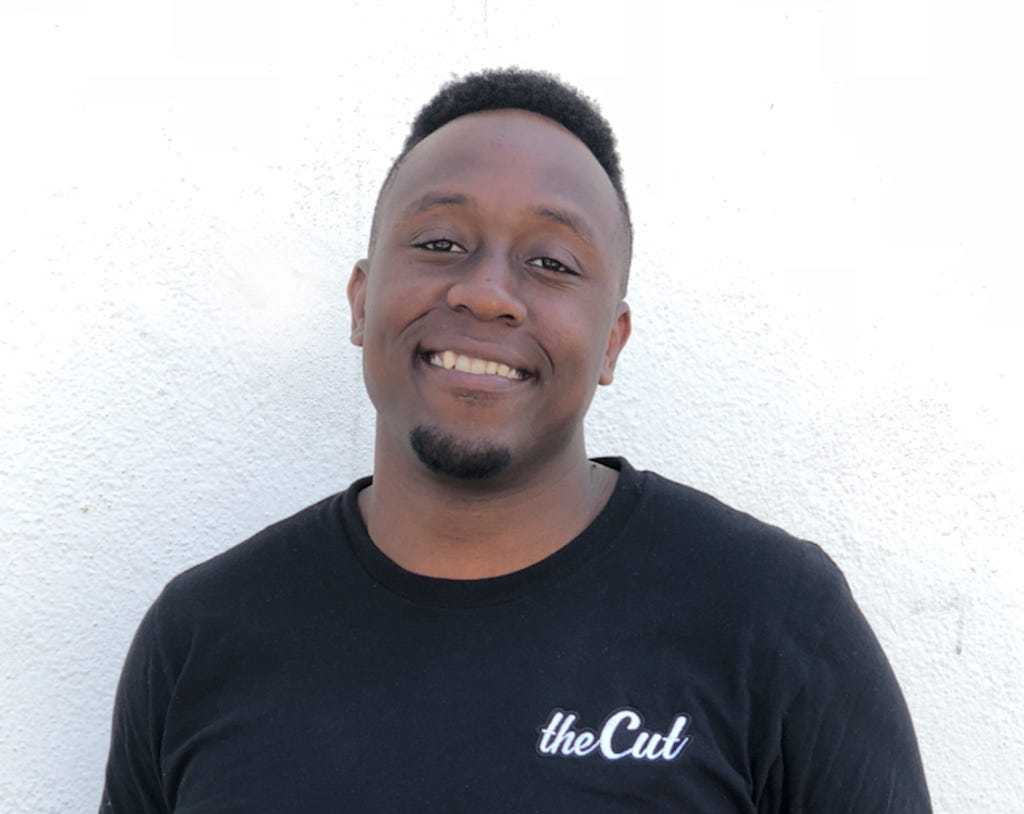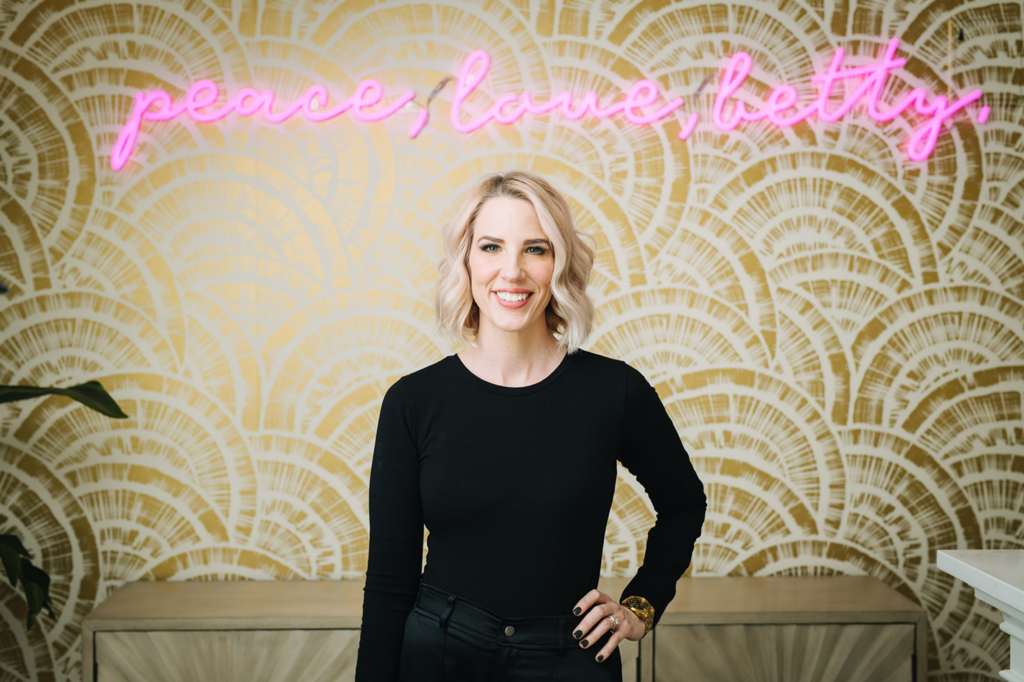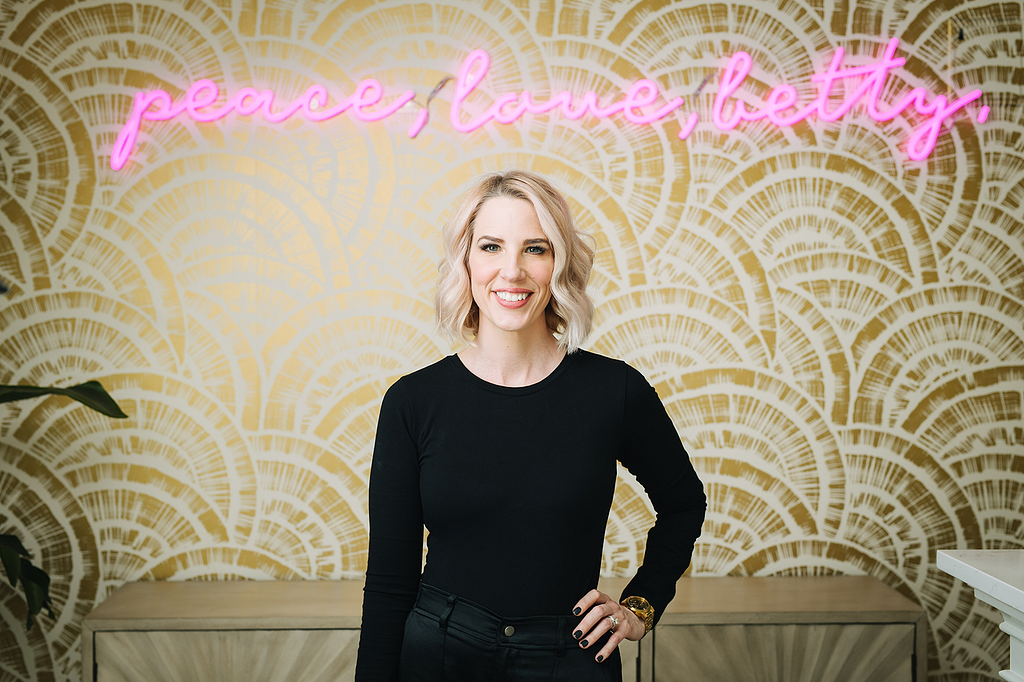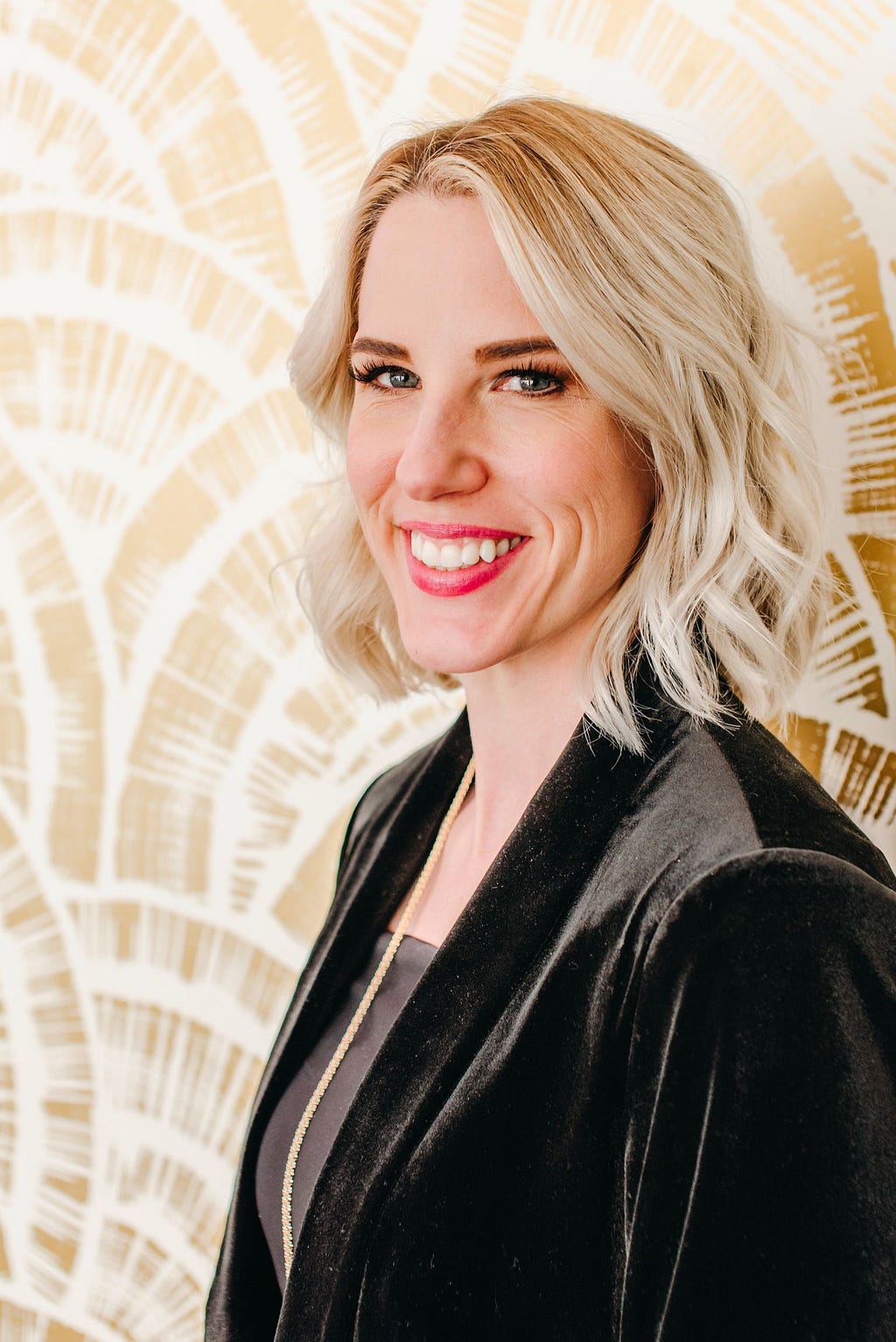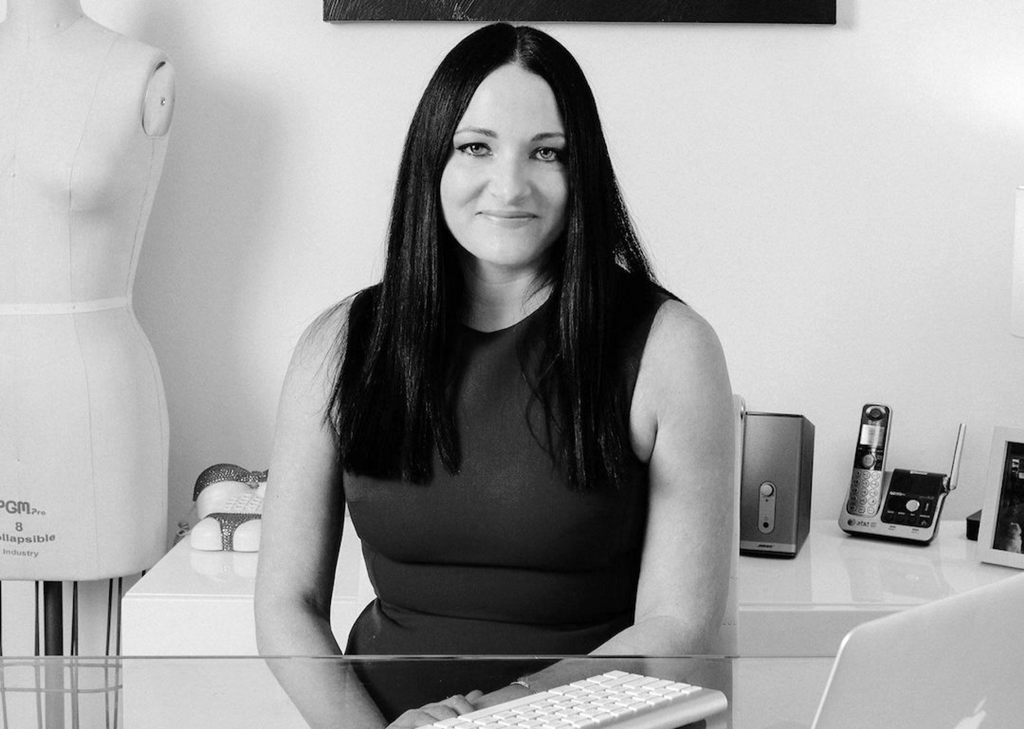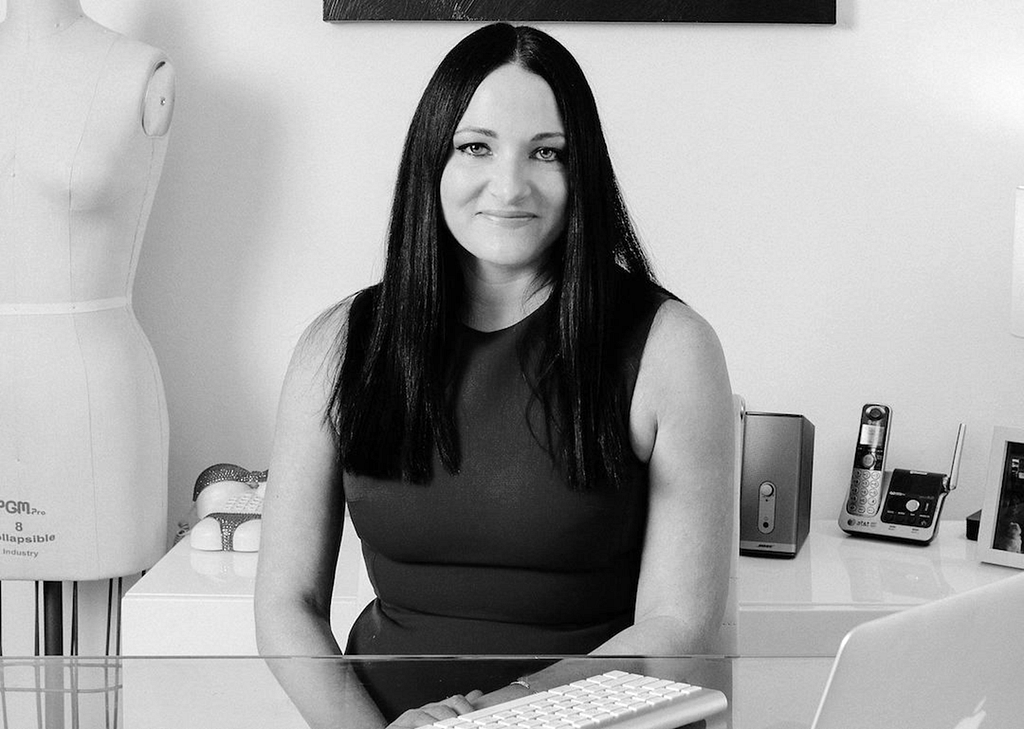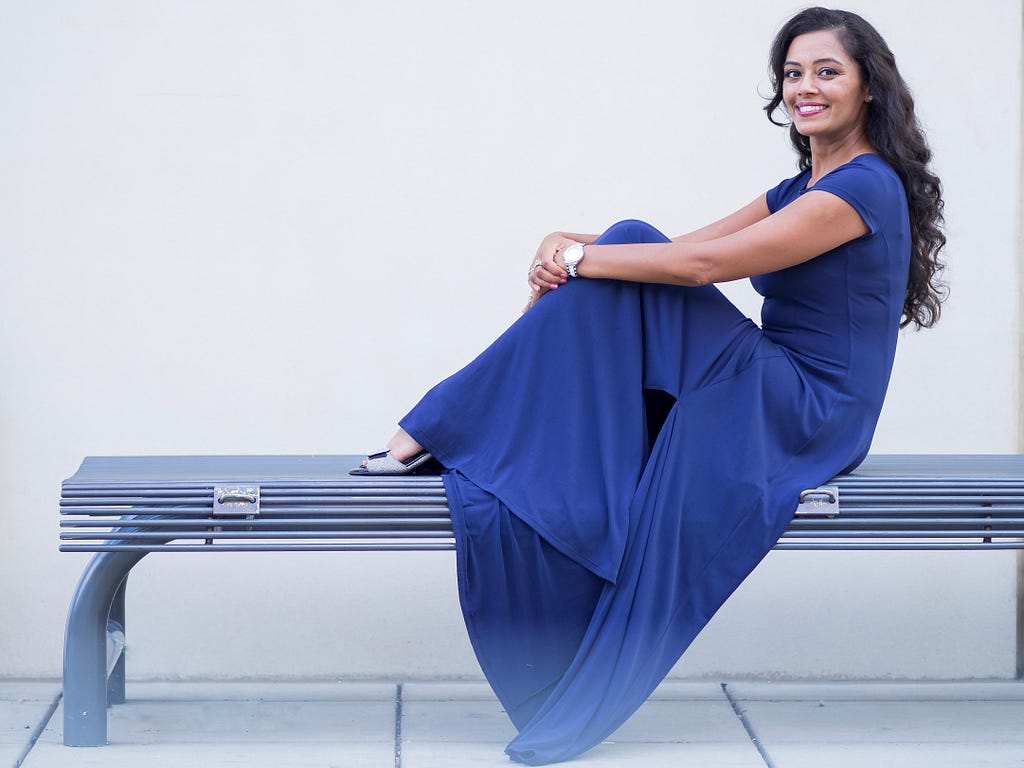
Today business is thriving, and I’m growing and learning every day. I will never again let anyone tell me something is impossible.
IMPOSSIBLE just needs an apostrophe. I’M POSSIBLE.
As a part of our series about “dreamers who ignored the naysayers and did what others said was impossible”, I had the pleasure of interviewing Dipal Shah.
Dipal Shah is a Medical Intuitive, International Speaker and Spiritual Teacher. She connects with people globally to help them become Pain-FREE. She is the creator of Ananda 4 Life, LLC which provides holistic quantum energy healing services. From a career in pharmaceutical sales to energy medicine, Dipal uses her experience to help others switch on the body’s natural healing processes. She has helped 1000’s of people in over 90 countries get back their quality of life. She is featured on the top Telesummits around the world and hosts her own podcast “Conversations with Dipal”. Dipal knows what it takes to go from Impossible to possible and not giving up on her vision and dreams. Dipal’s new inspiration is an online platform called “The Global Gathering”.
Thank you so much for joining us! Our readers would love to ‘get to know you’ a bit better. Can you tell us your ‘backstory’?
I lived in New Jersey for the first part of my life, then my family moved to Kentucky when I was 14. I remember this being a very difficult adjustment. My younger brother and I relied on one another a lot during this time because our parents were very busy trying to provide for us. I remember feeling very lonely and frustrated during my teen years. Many things seemed impossible then. But I watched my parents and realized that there was a whole world out there, beyond just myself, which can be yours if you walk toward it. When you’re feeling stuck in a rut like I was then, you have to figure out why you’re there and where you want to go. This has played out again and again in my life, like the universe is reminding me of what I am capable of when things feel impossible.
Are you working on any new or exciting projects now? How do you think that will help people?
Yes! In April, I began an online healing platform which was intended to be a one-time healing event to help people get through the early days of the pandemic. There was so much uncertainty, fear, and anxiety I knew I had to do something. I brought 3000 people together with 15 healers within 7 days.
Because of the overwhelmingly positive response, it has evolved into the only online healing platform where anyone can seek assistance and positive energy to transform their life. “The Global Gathering” allows healers, visionaries, singers, meditators, and spiritual activists from around the world to unify as ONE for an hour and a half to share their gifts and divine light. It is a place where consciousness awakens, transformations are made and deepened, and weakened support systems are strengthened for all who attend.
As this pandemic has worn on, I have seen that people need lots of support — mental and physical. Again, the universe reminds me that it is the POWER OF ONE that heals us and what people thought was impossible to create in a short time frame became possible.
In your opinion, what do you think makes your company or organization stand out from the crowd?
Ananda 4 Life, LLC has something for everyone. If you are looking for personal growth, or seeking to learn a healing modality, or maybe needing a community to be a part of, Ananda 4 Life is always there for you. Ananda means “divine bliss” which is what I try to share with everyone involved. Everyone is on some kind of journey and Ananda 4 Life can help you take those steps along that journey, be it spiritual, healing, or finding purpose. Everyone has goals in life, even if they don’t know them yet, and I try to help all of my clients find them and move toward them. Every journey is important to me, and I will do everything in my power to make sure you have what you need to get to feeling the joy again in your life.
Ok, thank you for that. I’d like to jump to the main focus of this interview. Has there ever been a time that someone told you something was impossible, but you did it anyway? Can you share the story with us? What was your idea? What was the reaction of the naysayers? And how did you overcome that?
Everyone has heard the phrase, “That’s impossible,” many times during their life time, even as a child. And that’s a shame because children are open to so many things, but often are shut down with those few words. So many ideas and theories and creations could be lost because a child was told that it is impossible.
I remember being told, “Dipal, that is impossible” when I was young, but I look back and realize I was still able to do it. I believe now that you must try something to know of it’s possible or not. Sometimes something works and sometimes it does not, and what may be possible for you may not be possible for someone else. Life is trial and error, and again, that big universe reminds you that you never know until you try.
One thing that I made what seemed to be an impossibility into a reality was setting up a remote healing practice. When I was first approached by a telesummit speaker, we discussed what I ultimately wanted to do, and she connected me with a host of one of the largest telesummits in the industry. I knew that in-person healings were limiting, and that an online platform had so much potential. This dream seemed so impossible at first, but I had to take that step to believe in myself and follow my intuition. Could I make my passion a real online business? Where did I see this vision taking me? Would it actually work? I realized that I had to invest not only myself and my time, but my money as well. The monetary part seemed so much at the beginning, but I had my belief in MYSELF that kept me going.
I began to see that my vision of being an online, world-wide healer might actually work. I made the investments and dove in. I wanted to make a name for myself and watched as things began to unfold very quickly. The vision came ALIVE. I had some resistance from my family, which didn’t help at first, but I kept my eyes on the goal. I had three mantras — This is my journey, I am unstoppable, and I’M POSSIBLE! As the path unfolded, friends and family didn’t understand or believe in me at first. The universe began to back me up. This was more than a hobby, and this was more than just a monetary investment. This was my vision for my life and what I want to offer to others who are in PAIN and cannot find an outlet.
In the end, how were all the naysayers proven wrong? 🙂
When I had my first summit online, 350 people showed up! I had no idea so many people would show up for my LIVE interview! And since then thousands have listened to my many interviews.
After that first interview, clients began pouring in, filling up my calendar. I was helping 10 people a day and was booked for 6 months. I had a real business! I created Ananda 4 Life and have never looked back. I had proved the naysayers wrong, but most importantly, I proved myself RIGHT. I created my company and opened my corporation. I now have a team that works behind the scenes. I have even created a program for students who can go through a training course to become a certified medical intuitive. All this has unfolded as my vision gets grander. Today business is thriving, and I’m growing and learning every day. I will never again let anyone tell me something is impossible.
IMPOSSIBLE just needs an apostrophe. I’M POSSIBLE.
None of us are able to achieve success without some help along the way. Is there a particular person who you are grateful towards who helped get you to where you are? Can you share a story about that?
In my experience I had several women who helped me along this path. One particular lady however opened the door for me, Jenny Ngo. She was the one who introduced me to the telesummit world and has helped me every step of the way, from technical glitches to learning how to do remote healing. There were other ladies in the program who helped me write — and rewrite — the original script for my interview spending hours with me on the phone, sharing their wisdom and knowledge about the telesummit world. If it wasn’t for these people in my life, I’m not sure I could have gone through with it. I learned how important it is to have a good support system in place to help you through your I’M POSSIBLE journey. When you ask the Universe for help trust me it shows up.
It must not have been easy to ignore all the naysayers. Did you have any experiences growing up that have contributed to building your resiliency? Can you share the story with us?
A memory that stands out for me that contributed to building my resiliency is going through a traumatic experience at the age of ten. I was betrayed and manipulated by someone, and that is when I found my true strength to do well in school and learn to say no. I didn’t know I had this strength and resiliency to move forward after what I had been through as it haunted me for years. I know God was the only one who saved me and gave me the voice to take action. At the age of 27, my past came back to slap me in the face, and I went through panic attacks, depression, and felt like I didn’t matter. My husband was there to support me and help me get through those times. Internally, I quickly found the strength to acknowledge, accept, grieve and move forward. I have done a lot of work since on myself physically, mentally, emotionally, and energetically that has helped me get through my past. I survived twice, which only helped build my resilience.
For so many people, past experiences can dictate what is possible and what is not. I made sure that everything I wanted in my life was possible for me.
Based on your experience, can you share 5 strategies that people can use to harness the sense of tenacity and do what naysayers think is impossible? (Please share a story or an example for each)
Let me just make this clear, the reason you are trying to achieve the impossible is because you want to prove something to yourself, prove to others who didn’t believe in you, make something of yourself, do what others have never achieved, and so on. Whatever your reason to go from impossible to I’m Possible, you need certain strategies to help you get there.
1) “I Can” Mantra
2) Clear Vision
3 Patience
4) Courage
5) Perseverance
I didn’t always have these strategies in place but I intuitively knew exactly how to play it out. I had to gain them through experiences, as does everyone. No one is born with these attributes.
I was picked on in school as a child because I was shy and considered nerdy. Even though I didn’t have a lot of friends, I was still happy inside because I didn’t know any different. I had one goal — to do something with my life. In college, I set my goal to be a pharmaceutical representative. When I was searching for a job, I spent hours reviewing interview questions, knowing it was a highly competitive market and I had to stand out. I didn’t know at the time, but some of these strategies began forming. I knew I could do it. I had a strong and clear vision — I wanted the job. My confidence took hits when I fell just short of getting the job. But I learned perseverance and kept learning it. I was getting closer and closer each day and knew that day would come where I step through that door because of my “I CAN” mantra.
I look back and realize just how much of these strategies were formed during this period of my life. I became relentless. I followed my intuition and did what others did not. I went to hospitals and doctor’s offices, talking to established reps to get advice and hiring tips which took alot of courage. It took almost a year after school to land the job of my dreams, but didn’t stop there. I drew together all of these strategies to advance in the company, setting goals for myself, winning awards, becoming the top performer and creating a hugely satisfying career.
These strategies don’t have to be just for the big, life-changing parts of the journey. You can use them in everyday life. Want to lose weight? Learn to dance? Get on a spiritual path? Look into yourself and see how these strategies can help. You probably use them now and don’t even know it.
What is your favorite quote or personal philosophy that relates to the concept of resilience?
“Resilience is knowing that you are the only one that has the power and responsibility to pick yourself up” — Mary Hollaway
You are a person of great influence. If you could inspire a movement that would bring the most amount of good for the greatest number of people, what would that be? You never know what your idea can trigger.
According to the world health organization, 1 billion children aged 2–17 years, have experienced physical, sexual, emotional violence or neglect in the past year. The first thing that comes to mind in terms of a movement is setting up a global trauma healing platform for young adults for ages 18–25 year old to gather once a week. This online platform is for those who are seeking closure and healing around their traumatic experience in a safe environment. The traumatic experience could be in the form of rape, abuse, harrassment, pornography, trafficing, etc.
I understand there are therapists and counselors but what if you have someone that can actually go deeper and see the blocks intuitively to help these young adults move foward, find peace, grieve, and embody self love at an early age. I have many children and young adults in my practice who are dealing with anxiety and depression due to a traumatic experience in childhood and are searching for natural ways of healing. Young adults need help mentally, physically, emotionally and energetically to overcome this type of trauma and sometimes parents are not always on their side.
This movement is so important because to often people carry unseen burdens from childhood into adulthood and they have no idea why they cannot find joy and healthy intimate relationhsips in their life, or why they struggle with a chronic illness. Behind any traumatic experience is a heavy and dark emotional component which everyone negates. Offering meditation and energy healing may help young adults be physically and mentally healthier older adults.
I cannot help but think that so many would benefit from trauma healing at an earlier age.
Can our readers follow you on social media?
Yes here are links to where you can follow me:
Youtube: https://www.youtube.com/channel/UCGQdx82A98EpoLTgzoEc3Lw
Fb: https://www.facebook.com/Quantumbodyawakening
Thank you for these great stories. We wish you only continued success!
Dipal Shah of Ananda 4 Life: “They Told Me It Was Impossible And I Did It Anyway” was originally published in Authority Magazine on Medium, where people are continuing the conversation by highlighting and responding to this story.


